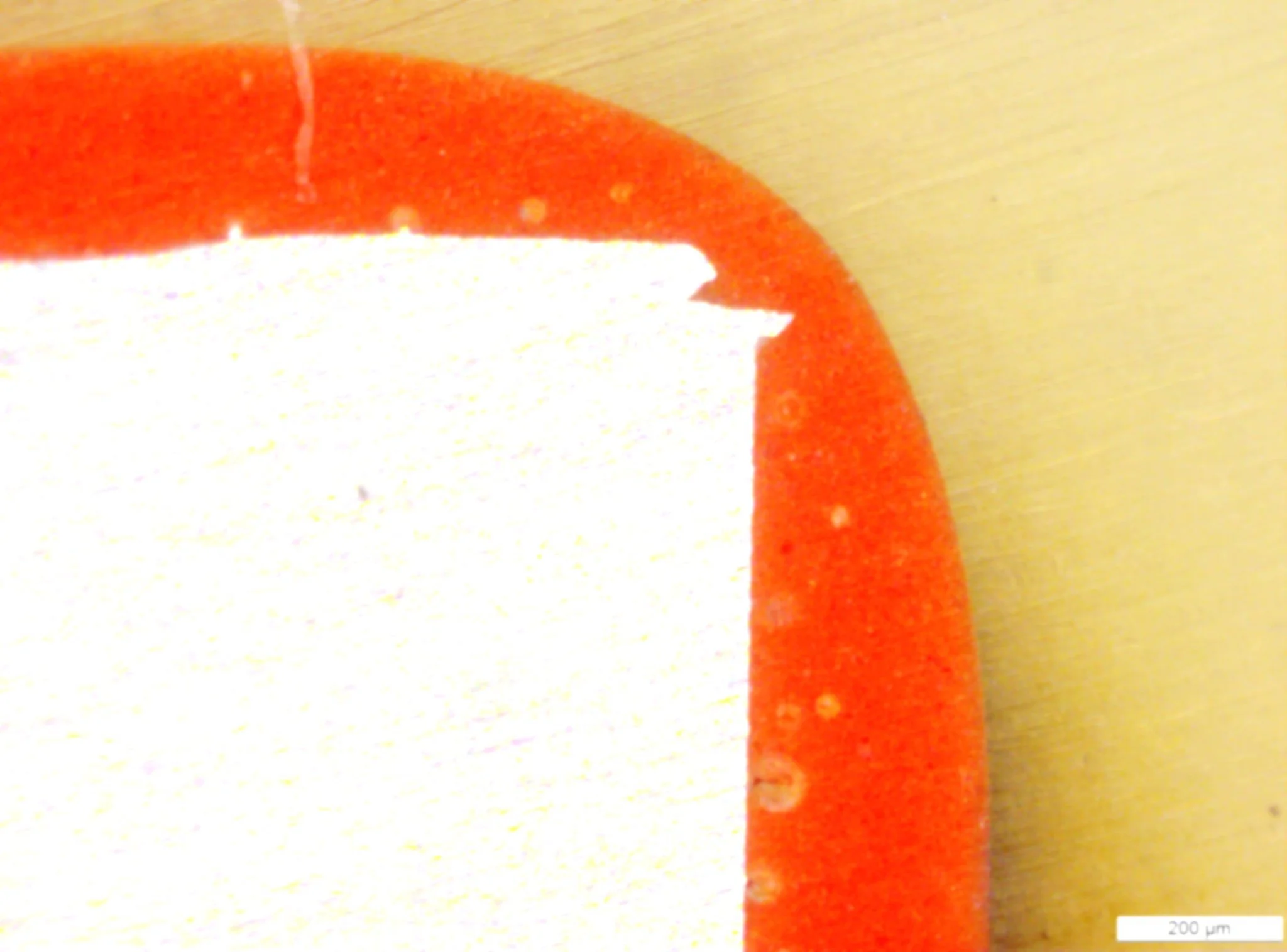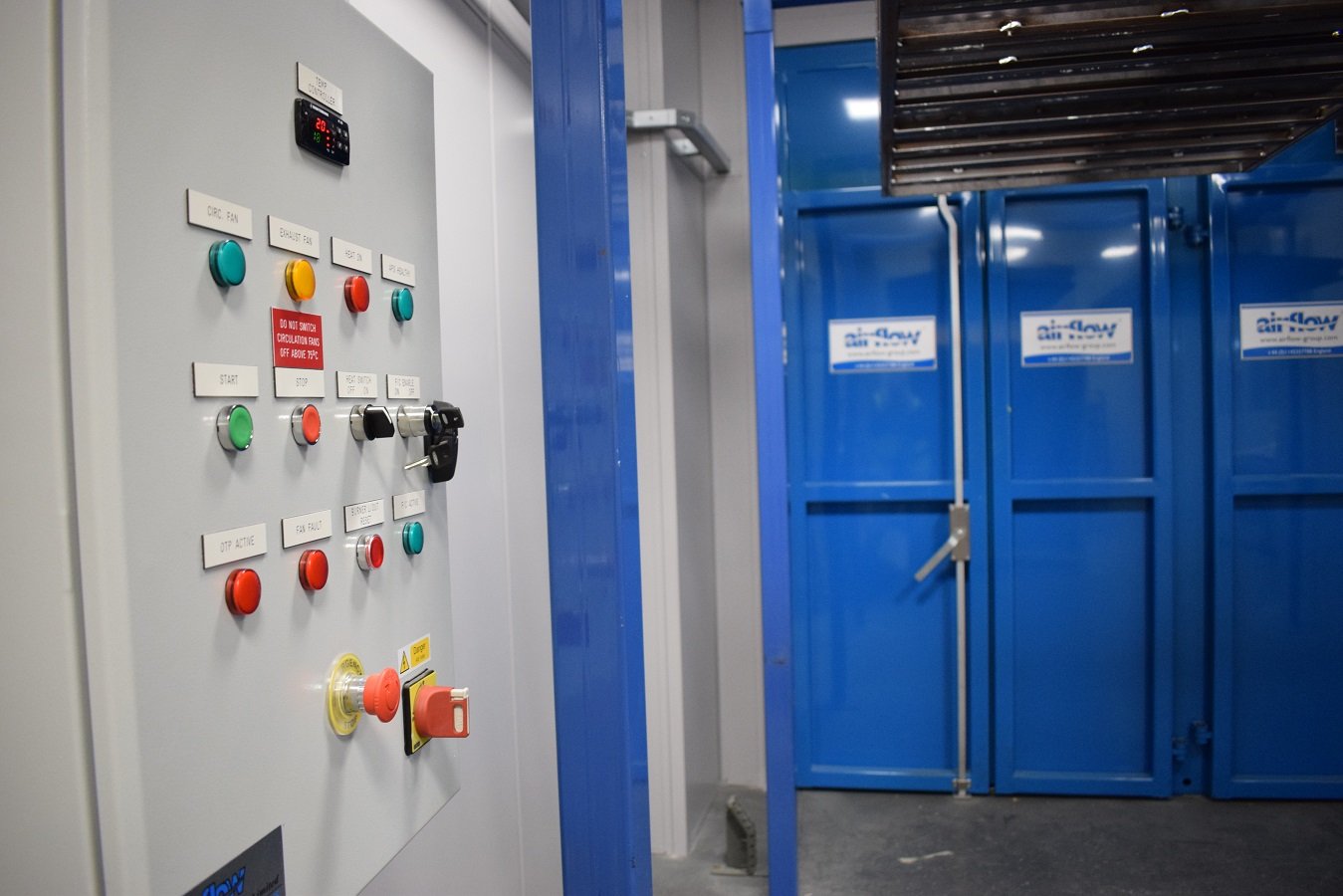The complete guide to dielectric coating for EV battery assemblies: Porosity issues
What is porosity in dielectric coating?
Porosity in dielectric coating refers to microscopic air pockets, bubbles, or voids that can form within the coating layer, normally due to an issue with the part or during the coating process.
These are not visible on the surface but can drastically reduce the coating’s protective properties, especially in high-voltage or high-humidity environments.
What are the causes of porosity in dielectric coating?
- Substrate outgassing: Outgassing is the release of trapped gases or vapours from the metal surface during the curing process. Typical substrates that suffer from porosity in dielectric coating are castings, metal hot spray surfaces, blasted surfaces. Trapped air expands during curing process, and breaks through the coating, making bubbles as the coating gets thicker as it dries out, the air is not realised causing porosity in coating.
- Porosity from the coating processes: If the part is not dried properly after cleaning, this can cause porosity as water turns to steam as it heats. This can also happen if you do not manage your environment, and coat parts in excessively humid conditions.
-Poor substrate preparation/cleaning - Insufficient cleaning or passivation leaves residues that volatises and can cause porosity, leading to visual and functional issues.
How to prevent porosity in dielectric coating?
Cleaning and passivation (TiZr) - It is important to ensure parts are properly cleaned and pretreated before powder coating. At Powdertech Surface Science we recommend TiZr passivation, which creates a stable surface to allow strong and durable adhesive bonds.
The clean, TiZr passivated surface promotes better and more consistent performance, reducing the risk of porosity, cracking, or defects on the surface.
Degassing - One of the most effective ways to avoid porosity in coatings is to degas castings before coating application. This is done by heating the castings to 40-degree Celsius above the curing temperature before coating.
How to test for porosity in coated parts?
Holiday testing - This test detects pinholes, air bubbles, cracks, or thin spots in the dielectric coating (known as ‘holidays’) that may not be visible through visual inspection alone. This high-voltage inspection method sends current through the coating surface. If it detects a flaw, like a pinhole, it triggers an alarm.
This allows us to verify coating integrity. We do cross sectional analysis to find porosity is present or not. At Powdertech, we have an in-house testing facility to ensure the accuracy of the dielectric coating in EV battery systems.
Want to know if porosity is hiding in your current dielectric process? Let’s talk. We can review your part design, materials, and pre-treatment approach. Or submit your enquiry below.




